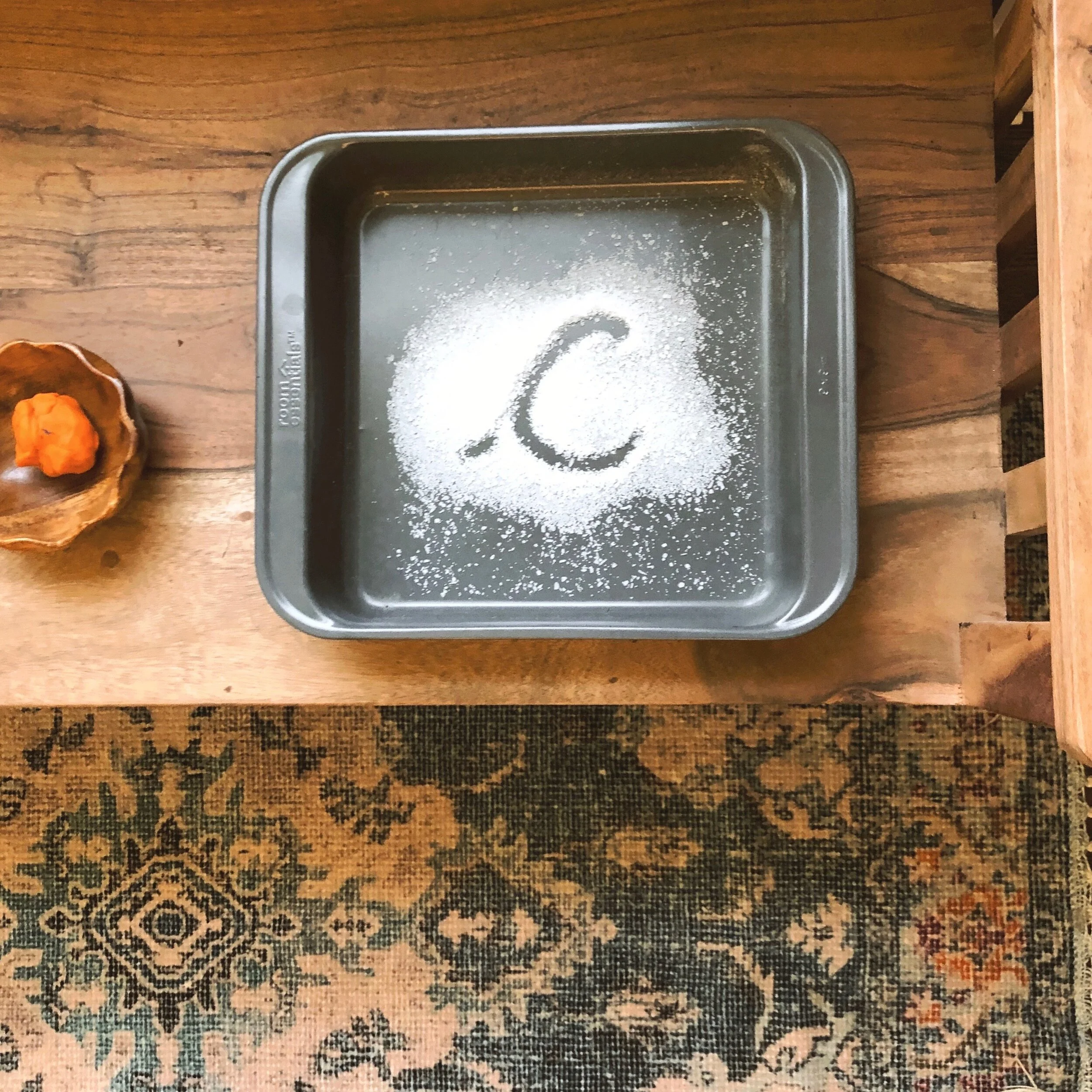Montessori at Home: Handwriting
/A quick search on the internet or through a hashtag on social media will leave you drowning in a sea of Montessori at home ideas. Even as a trained Montessori educator, I find all the tips and tricks overwhelming. I wondered, with so many resources available online, if I should even bother adding my voice in to what can feel like a sea of noise for overwhelmed parents. But here we are.
The language curriculum is one of my favorite aspects of Montessori. I love the focus on exploration. I love the stories written by Dr. Montessori of the joy children experienced in the early children’s house of spontaneous writing and reading. I love hearing her talk about the ease that children find in learning these things that, in other educational contexts, have to be taught with drudgery or reward. I love seeing little hands trace cursive letters and write whole words with the movable alphabet.
Montessori’s views on handwriting are simple. Prepare the hand for writing without writing. That’s right. In Discovery of the Child, Montessori herself said: “Our children then learn to write, and also to improve their handwriting, without writing. Real writing is an experience, the outbreak of an inner impulse, an act in compliance with a higher activity. It is not an exercise.” (pg. 259).
So how did we get to where we are? What’s the why behind all the things that pop up when you search “Montessori handwriting worksheets” on Pinterest? Has the pressure from traditional education left us thinking that maybe indirect preparation isn’t enough? Do children today need these supplemental resources? Children experience what is called an explosion in handwriting. When they have sufficient indirect preparation, they burst into writing. When this happens, children write with joy. Here are just a few ways you can offer indirect handwriting support at home without the help of worksheets.
Explore language. Rhyme together. Sing songs and recite poems. Play simple classifying games, like: “Let’s think of five kinds of fruit.” “Let’s say three types of flowers.”
Play! Outside as much as possible! The more opportunities your child has for gross motor movement, the more they will be prepared to write with pencil and paper.
Art! Drawing is a big part of handwriting development. In the classroom, the metal insets are used to support handwriting through drawing and filling in geometric shapes with coloring pencils. Montessori came to the conclusion that when children have the opportunity to draw different types of lines, they become more skillful and confident in the use of their hands (Discovery of the Child). Offering high quality art supplies like colored pencils, oil pastels, and charcoal pencils is a great way to support the development of handwriting at home. Add a ruler in for them to explore making different kinds of lines. Use clay as an opportunity to strengthen little fingers.
Sensorially explore letter formations. Put salt, rice or cornmeal on a cookie sheet and let your child practice form letters. Draw letters in the dirt. Have them close their eyes and draw letters on their palms and on their back.





